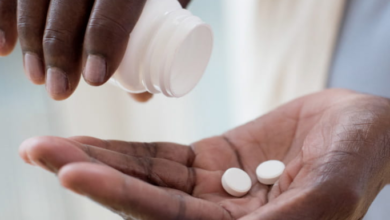Dolutegravir’s DTG Environmental Impact: A Significant Reduction in Carbon Emissions”

The use of dolutegravir (DTG), a critical HIV treatment adopted by 24 million people in low- and middle-income countries (LMICs), has unexpectedly led to a substantial decrease in carbon emissions compared to the previous standard medication, efavirenz.
DTG
According to the latest report from Unitaid, a global health initiative, the transition to DTG has prevented over 26 million tons of CO2 from entering the atmosphere between 2017 and 2027. This reduction is equivalent to eliminating ten years’ worth of carbon emissions from Geneva, Switzerland.
Unitaid’s report is the first to assess the environmental impact of a widely used medicine versus its alternative. Vincent Bretin, Director of Unitaid’s Results and Climate Team, highlighted the significance of the findings: “The previous generation of efavirenz produced more emissions during its manufacturing process worldwide compared to the current treatment, dolutegravir.”
The health sector accounts for about 5% of global carbon emissions, with a substantial portion originating from supply chains. In the case of HIV treatment, 90% of emissions are attributed to the upstream manufacturing processes. DTG, known for its efficacy and cost-effectiveness, has become the standard of care in over 110 LMICs since its rapid scale-up beginning in 2017.
“This report underscores the dual benefits of improving health outcomes while also reducing carbon footprints,” Bretin emphasized. “By embracing sustainable practices and collaboration across stakeholders, we can ensure that medicines like DTG contribute positively to both health and the environment.”
Despite DTG’s lower carbon footprint compared to efavirenz, the report acknowledges the need for ongoing efforts to further minimize emissions associated with its production. This calls for continued innovation and commitment from all involved parties to achieve more sustainable healthcare practices globally.




